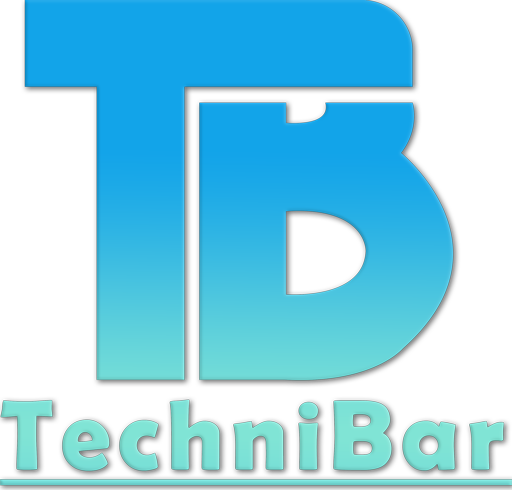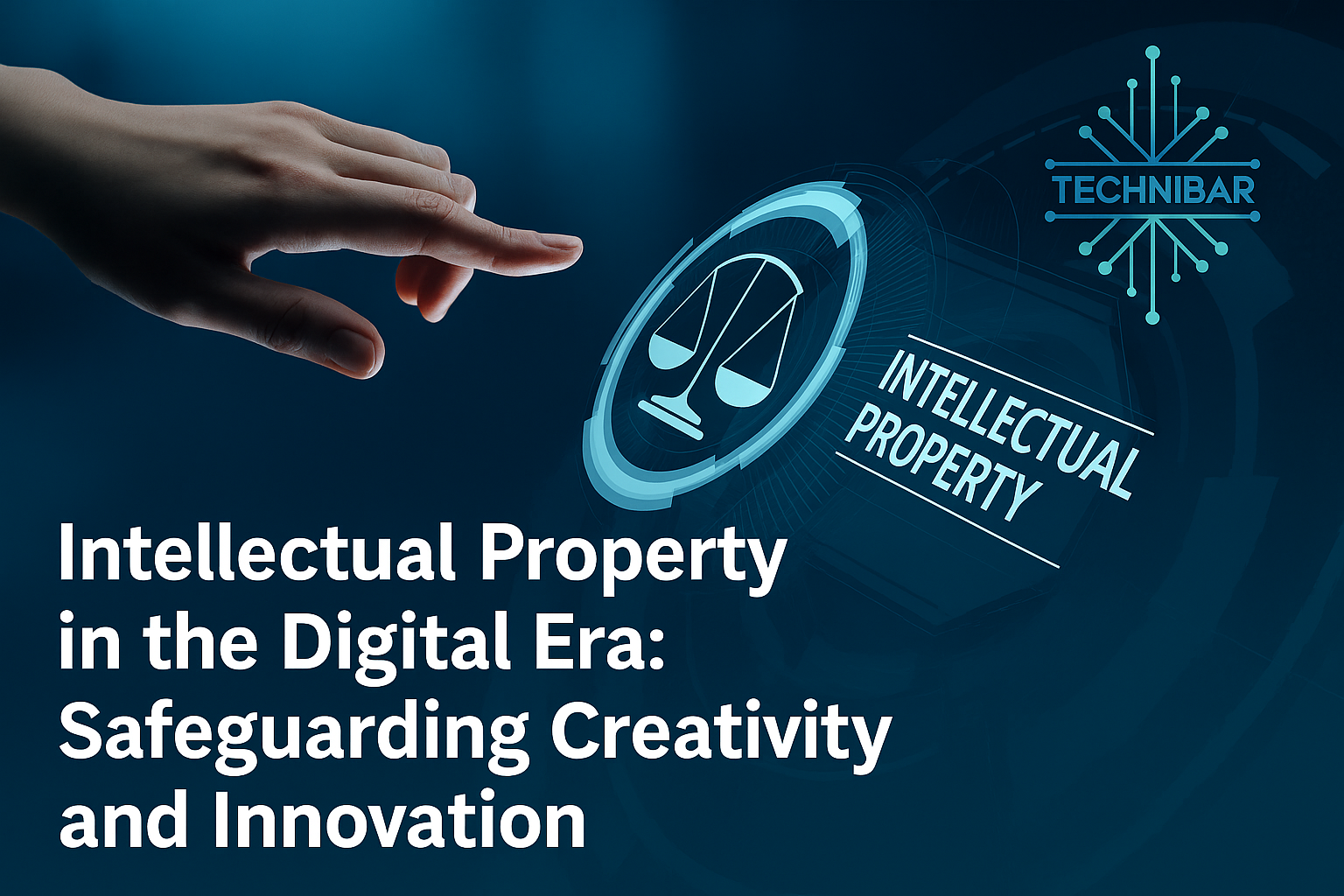In our hyper-connected world, creativity is becoming more rapid than ever. It is that one click that can take a song, a painting, or an idea to millions across the world. But this speed comes with risks: creations are copied, reposted, or even monetized without permission. Intellectual property (IP) law, which regulated books, inventions, and tangible works, is now under its most challenging trial in the digital world.
Law students, entrepreneurs, and creators need to know more than just general digital intellectual property rights. This paper will discuss the evolution of IP in the digital age, the technology-specific issues it presents, and the opportunities available to law firms and innovators to succeed in this new landscape.
What Is Intellectual Property in the Digital Context?
Intellectual property means work for the mind, art, literature, inventions, music, designs, software, and etc. In the age, of digital content this definition has been expanded into online content such as:
- Digital art, animation, memes
- Videos on Youtube, Instagram, or TikTok
- E-books, blogs, and academic work
- Software, mobile apps, and video games
- Music streaming and podcasts
- NFTs and blockchain-based assets
These works have protection in three main categories:
- Copyrights –protecting artistic and literary works.
- Trademarks – protecting brand names, logos and slogans.
- Patents – covering unique inventions and innovations.
In India, the Copyright Act of 1957 (updated in 2012, when it was updated to include digital use), the Patents Act of 1970, and the Trademarks Act of 1999 all apply to electronic works. Internationally, there are the TRIPS Agreement and WIPO treaties, which offer trappings across borders.
Why the Digital Age Changed Everything
The internet transformed intellectual property into a borderless concept. A song uploaded in Mumbai can trend in New York overnight. A pattern on Pinterest can be printed en masse by a seller in a different country within hours.
Key differences in digital IP:
- Instant speed of distribution – Content becomes spread across platforms instantly.
- Easy duplication – Copy and paste, downloading, and screen shots make theft simple.
- Blurred ownership – Who has ownership of a piece of viral dance: the dancer, the person doing the filming, or the platform?
- Cross-border complications – Applying IP in various countries is a tangle.
A 2024 WIPO survey revealed that nearly 80% of modern IP disputes involve digital content highlighting how urgent this problem has become.
Future of IP Law in a Digital Age
Physical Works to Digital Rights
Historically, IP protection was about books, films, or patents for machinery. However, with the development of technology, the field of IP law expanded.
- Pre-internet days–Laws considered physical aspects such as manuscripts or inventions.
- Early 2000s – Digital media including software, e-books, and music were implemented in the legal system.
- Today – Complicated topics such as AI-generated artwork, NFTs, and piracy control the space.
In India, changes to the Copyright Act in 2012 concerned digital contents, online distribution, and protection against pirating.
Rise of Tech Platforms
Social media and streaming are enabling and disruptive. Although they enable creators to expand their audiences to the entire world, they also bring new challenges.For example:
- YouTube creators often face content strikes over disputed copyright claims.
- Instagram influencers may unknowingly use copyrighted music in reels.
- Spotify artists face ownership conflicts with record labels and platforms.
A 2023 FICCI report noted that over 60% of Indian content creators have experienced copyright or ownership disputes online.0
The Critical issues in Digital Intellectual Property
1. Online Piracy
One of the largest threats to digital IP is piracy. Movies, music, and software are leaked online within hours of release.
- Example: UTV Software Inc. v. 1337x.to (2019), the Indian courts blocked some of the piracy sites.
- Challenge: Pirate websites are constantly being established, so enforcement is an endless struggle.
2. Artificial Intelligence and Ownership
AI is blurring the lines of creativity. If AI creates a painting, who is the owner, the programmer, the user, or the AI itself?
- In the case of Perlmutter (2024, US), the court decided that AIs are not capable of copyright protection.
- There is no explicit legal advice on AI ownership in Indian law today, constituting a legal vacuum.
3. NFTs and Blockchain Assets
NFTs are supposed to make digital art safe to own, but conflicts still happen. Although having an NFT provides you with a token, this does not necessarily prevent others stealing the original picture.
- A 2023 Deloitte survey found that almost 50 percent of NFT purchasers encountered challenges with ownership or fraudulent activity.
- To reduce the confusion, lawyers have developed NFT-specific contracts.
4. Cross-Border Enforcement
A creator in India may face infringement in another country. International agreements can be useful but application remains in the hands of local courts and they can be tricky even to a lawyer.
Protections and Laws to Secure Rights of Creators
Copyright Protection
Copyrights may be registered as the property of creators of digital works, providing them with legal basis to defend against misuse. Platforms such as Youtube also have automated takedown tools to remove the pirated content.
Trademark Protection
Trademarks ensure brand safety in the digital space. Courts have cracked down on domain name theft and fake websites such as in Yahoo! Inc.v. Akash Arora (1999), in which an Indian court safeguarded the brand identity of Yahoo against its wrongful use.
Patents for Innovation
Digital startups benefit from patents on software, algorithms, and applications, boosting innovation and providing a competitive edge.
International Treaties
International treaties such as the WIPO Copyright Treaty (1996) facilitate protection of digital works internationally and allow creators international protection.
Opportunities for Law Students and Professionals
The rise of digital IP has opened a new frontier of career opportunities:
- Digital Rights Litigation – Represents artists, startups, or companies in lawsuits over digital rights.
- Corporate Law-Advising on tech firms on licensing, trademarks, and compliance.
- Policy Making -Crafting new laws concerning AI, NFTs, and Data Piracy.
- Securing Influencers – Assisting influencers, YouTubers, or musicians in safeguarding their digital works.
In India, a 2024 LinkedIn report indicated that IP lawyers were most in demand, with an increase of 25% per year in digital-related cases.
Why Digital IP Matters Today
Empowering Creators
Without any form of IP protection, creators will lose their revenue and credit. Copyright will be certain and paid for their work.
Driving Innovation
Strong IP systems and patents promote innovation amongst startups without fearing being stolen. A good example is the booming tech startup ecosystem in India assisted by patent laws.
Inspiring Future Lawyers
Cases like Dabur India v. A current case, Snapdeal (2016), concerning fake goods in the online market, demonstrates to law students how digital IP can affect actual business practices and consumer confidence.
Conclusion
The virtual age has redefined intellectual property law.From piracy to AI-generated art, from NFTs to cross-border disputes, the challenges are complex but so are the opportunities. To creators, defending digital works is defending livelihoods. For law students and professionals, mastering digital IP is a path to future-ready careers.
In a world where ideas are currency, intellectual property law is the shield that keeps creativity alive. Whether you are sharing your vision or building the next app, whether you are an artist or a lawyer who shapes the future policy, IP rights make sure that innovation does not just survive but thrives.








